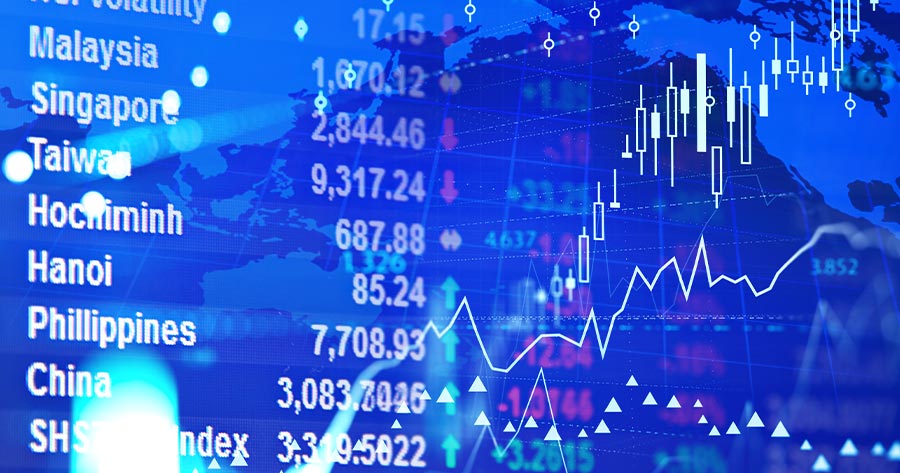On Monday morning (27 October, 9:31 AM, GMT+7, Bangkok time), indices in Asia Pacific exhibited an upward trend across the region, with Japan’s NIKKEI 225 exceeding the 50,000 mark for the first time. This came as investors monitored developments on Trump’s tour in Asia, U.S.-China trade negotiations, while also putting focus on the U.S. Federal Reserve.
Trump is scheduled to visit Japan on Monday ahead of talks with newly appointed Prime Minister Takaichi Sanae. Discussions are expected to focus on Japan’s defense modernization and a significant Japanese investment in the U.S. He has indicated optimism about establishing a strong partnership with Takaichi.
Meanwhile, the United States and China have outlined the basic terms of a potential trade agreement that may be finalized later this week by Donald Trump and Xi Jinping, in a bid to prevent further tariff escalation and delay China’s restrictions on rare earth exports.
U.S. Treasury Secretary Scott Bessent confirmed that President Trump’s proposed 100% tariffs on Chinese imports, which were set to take effect on November 1, have been withdrawn as a result of negotiation progress. Additionally, China will reportedly delay the implementation of export licensing for rare earth minerals and magnets by one year, granting further breathing room for the talks.
The September Consumer Price Index (CPI) report for the United States showed that consumer prices rose less than expected. Headline CPI increased 0.3% month-on-month, slightly below economists’ forecasts of 0.4%, signaling a cooler pace of inflation. On a year-on-year basis, overall inflation registered 3%, lower than the 3.1% expected by economists surveyed by Dow Jones. Excluding volatile food and energy prices, core CPI rose 0.2% MoM, below the 0.3% estimate and the 0.3% increases seen in both July and August. The annual core inflation rate remained steady at 3%, also below expectations of 3.1%. This reinforces expectations that the Federal Reserve could move forward with another interest rate cut during the next meeting.
Japan’s NIKKEI jumped by 2.07% to 50,321.21. South Korea’s KOSPI soared by 2.24% to 4,029.75, and Australia’s ASX 200 increased by 0.37% to 9,052.2.
As for stocks in China, Shanghai’s SSEC rose by 0.87% to 3,984.83. Hong Kong’s HSI grew by 0.97% to 26,414.79, and Shenzhen’s SZI expanded by 1.03% to 13,425.62.
The U.S. stock markets edged up on Friday as the Dow Jones Industrial Average (DJIA) gained 1.01% to 47,207.12. NASDAQ added 1.15% to 23,204.86, and S&P 500 escalated by 0.79% to 6,791.69. VIX dropped by 5.38% to 16.37.
As for commodities, oil prices settled lower on Friday amid doubts over the Trump administration’s resolve to enforce sanctions against Russia’s largest oil firms related to the conflict in Ukraine. Brent crude closed at $65.94 per barrel, slipping 5 cents, or 0.1%, while U.S. crude dropped 29 cents, or 0.5%, to settle at $61.50 per barrel.
Nevertheless, the prices climbed in early Monday trading as the U.S. and China outlined a preliminary trade agreement, alleviating concerns that ongoing tariffs and restrictions between the world’s two largest oil importers might undermine global economic growth. Brent crude futures advanced 46 cents, or 0.7%, to $66.40 per barrel by 0027 GMT, while U.S. West Texas Intermediate crude futures gained 46 cents, or 0.75%, reaching $61.96 per barrel.
Meanwhile, gold futures contracted by 1.21% to $4,087.6 per Troy ounce.



